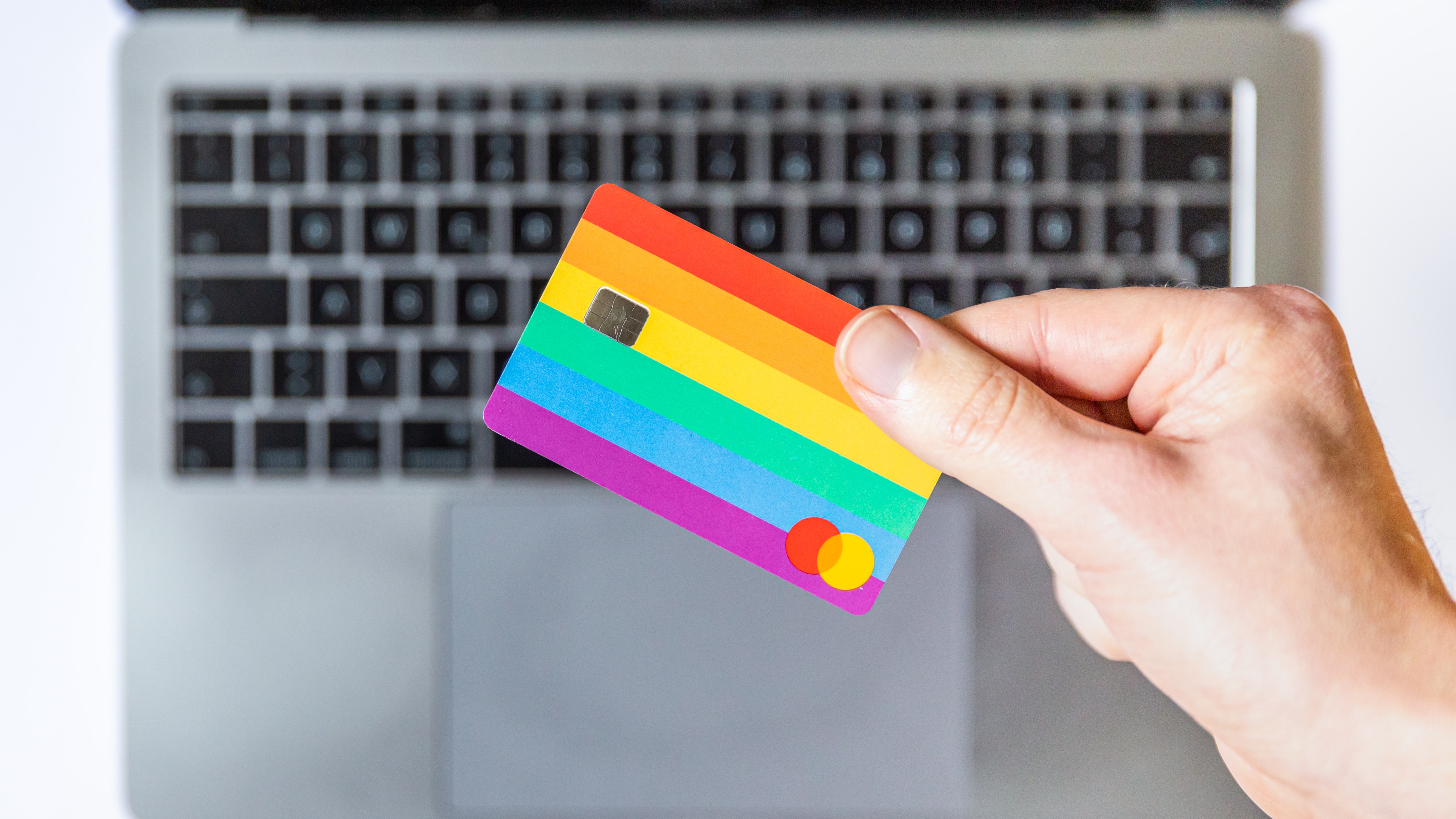Although some small businesses are still cash only, being able to offer customers the ability to pay by card, mobile phone or even smartwatch is undeniably becoming increasingly essential.
Card machines are becoming ever more sophisticated too, with the ability to take payments anywhere with mobile card readers, securely and quickly. Whatever your business, they’re an integral part of taking payment and having the right card reader is hugely important.
But, how do they actually work? It’s useful to understand this because it can help you get the most out of your device, so here’s our expert guide on how card payment machines work.
What is a card machine?
Let’s start with the basics - what is a card machine? Even if you haven’t used one yet in your business, you’ll certainly have used them plenty of times as a customer at a supermarket, coffee shop, restaurant or even at an ice cream van or market stall.
A card machine is a card reader that allows you to pay for goods or services with a credit or debit card via chip and PIN, you can also use contactless payments or even the increasingly old-fashioned method of swiping and signing the receipt if needed.
Card machines can be countertop, portable and mobile, and this increased flexibility has helped them become increasingly popular with customers, as has their ability to take payments via smartphone and watches attached to digital wallets or debit/credit cards.
What’s the difference between card machine types?
- Countertop - The most typical machine you’ll have seen, these will be at a fixed point either on the countertop of a cafe or restaurant or at supermarket checkouts. They’re not designed to move.
- Portable - These can be moved around your business to allow customers to make payments from their tables for example, they use Bluetooth technology to connect with your payment systems.
- Mobile - Taking portable to the next level, mobile card readers can be taken anywhere, using a mobile 4G/5G connection. These are useful for pop-up shops, market stalls, and wherever you need to take payments, basically.
How do card machines work?
There’s a surprising amount of activity behind that simple card reader and lots that happens in a very short space of time to ensure that you get paid. Here’s a step-by-step guide:
Making the payment
So, a customer wants to pay for something and is ready with their card/smartphone/watch, etc. The first thing that needs to happen is for the amount to be entered into the card machine, whether that happens automatically from an EPOS or by manually entering the amount, the result is the same. Then they pay, however they choose to - tapping their card, inserting it, etc.
The interaction begins
With a card, whether it’s been inserted and a PIN entered or just tapped, the chip inside the card will interact with the machine to begin the process. With contactless payments, the card interacts with the machine through an NFC (near-field communication) signal and the card and transaction data are encrypted and sent to your merchant account.
Authorisation
Your merchant account will then communicate with the customer’s card provider and then their bank to authorise the transaction, checking that they have the funds to pay you and that there are no flags to warn that the card has been reported stolen, etc.
Payment completion
If these checks are completed and the transaction is authorised, the payment will go through and a signal will be sent to the card machine. It will then print out a merchant receipt and a copy for the customer, if they want one.
If the checks are completed and there is a problem, the card machine will notify you of the reason the payment has failed. You can then ask the customer for another payment method if required. Either way, you will immediately know whether or not the transaction has been completed and that the money is on its way to your account.
The Dojo Go Card Machine
Now you have a better understanding of how a mobile card machine works, discover the Dojo Go and find out more about how the Dojo Go can help streamline your payments with easy integration.



